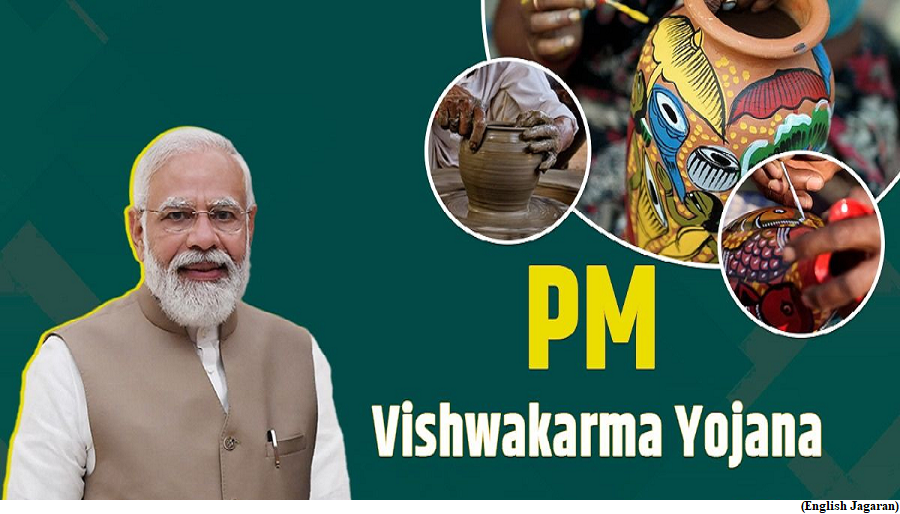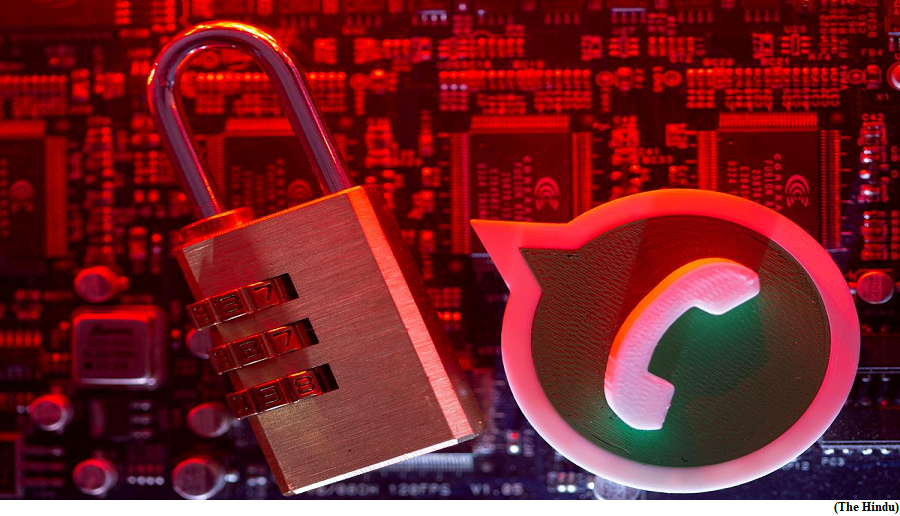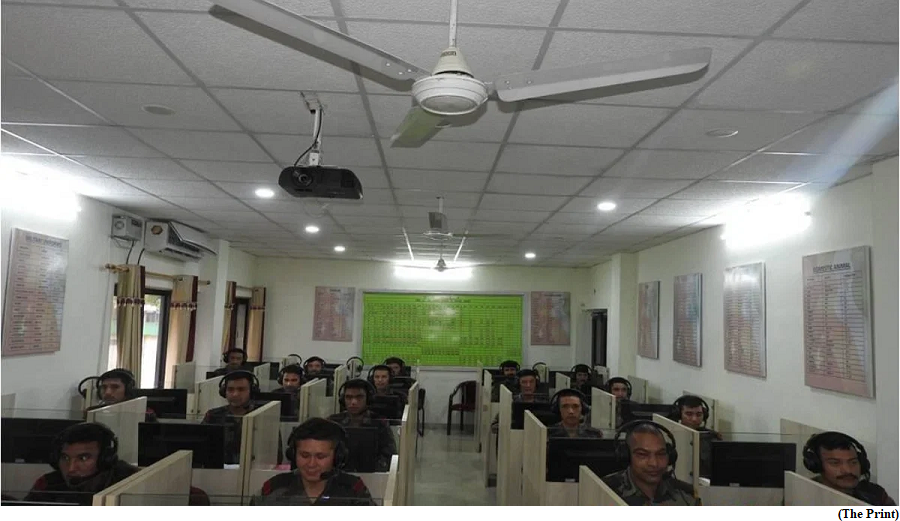Prime Minister launches PM Vishwakarma Scheme (GS Paper 3, Economy)

Why in news?
- Recently, the Prime Minister officially launched the Central Sector Scheme PM Vishwakarma at New Delhi.
Background:
- On the 16th of August 2023, the Union Cabinet of India gave its nod to implement PM Vishwakarma Yojana throughout India for end-to-end support to traditional artisans & craftsmen or 'Vishwakarmas' to grow their business.
- Provisions have been made under the scheme for training, technology, credit and market support for the traditional artisans and craftsmen to give impetus to their endeavour.
Key Highlights:
- The PM Vishwakarma Scheme will allow artisans to attend a five-day skilling workshop, a voucher to buy toolkits, and the provision for guarantee-free loans of up to Rs 3 lakh.
- Under the MSME Ministry, the PM Vishwakarma scheme is aimed at 18 categories of artisans and craftspeople like carpenters, boat makers, blacksmiths, potters, stone sculptors, weavers, and garland makers.
Skill development:
- For the skills development component, the scheme will host a 5-day training workshop for beneficiaries with a daily stipend of Rs 500.
- It will also provide them with a voucher of Rs 15,000 to buy toolkits necessary for their craft.
Financial assistance:
- Under the financial assistance component of the scheme, beneficiaries would first be eligible for an interest-free loan of Rs 1 lakh, which they would have to repay within 18 months. Upon repayment, they would qualify for a second tranche of loan worth Rs 2 lakh at an interest rate of 5 per cent.
- The beneficiaries would also get a subsidy of up to 8 per cent of the interest amount. The verification of beneficiaries would be done at three levels, which are the gram panchayat, district collector, and state levels.
- Furthermore, the financial assistance component of the PM Vishwakarma scheme is guarantee-free.
- Under the scheme, a concessional rate of interest of 5 per cent will be charged from the beneficiary with an interest subvention cap of 8 per cent to be paid by the Ministry of Micro Small and Medium Enterprises. The credit guarantee fees will be borne by the Centre.
Significance:
- The scheme is expected to benefit about 30 lakh families of traditional artisans and craftsmen, including weavers, goldsmiths, blacksmiths, laundry workers, and barbers.
- The scheme will further provide skill upgradation, toolkit incentives, digital transactions and marketing support.
Why is the government pushing for regulatory mechanisms for OTT services?
(GS Paper 3, Economy)
Why in news?
- On July 7, the Telecom Regulatory Authority of India (TRAI) invited responses to a consultation paper it released on a regulatory mechanism for over-the-top (OTT) communication services.
- It is likely to issue guidelines in the coming days on whether OTT services should be regulated or be let to continue to operate as it is.

What happened?
- The discussion on the selective banning of OTT services came after a Parliamentary Standing Committee issued a notice to the Department of Telecom (DoT) to explore this option due to the unrest caused by these platforms which have mass reach and impact.
- Only OTT communication services like WhatsApp, Signal, Meta, Google Meet, Zoom, X, etc. were discussed in the consultation paper and not the ‘content’ OTTs such as Netflix, Amazon Prime etc. Content regulation is an altogether different subject and it comes under the ambit of the Ministry of Information and Broadcasting (MIB) and not the TRAI.
- The TRAI has also asked stake holders to define OTT, and a proposal on cost-sharing mechanisms between Telecom Service Providers (TSPs) and OTT services.
What is the conflict between TSPs and OTTs?
- Telecom Service Providers are of the opinion that OTTs should be regulated and charged because they use and thrive on the infrastructure built by operators over the years. Currently, they aren’t.
- OTT communications services have led to erosion of revenues for the telcos. These platforms offer users an array of services, sending of Multimedia Messaging Services (MMS), instant messaging to voice and video calls, delivered over the internet.
- This circumvents the need for traditional telecom services, particularly voice calls and text messages, leading to a significant reduction in the revenue streams of telecom companies.
- OTT communication service providers neither contribute to the exchequer nor make investments like the TSPs in spread of network infrastructure in the country. The OTT communication service providers take a free ride on TSP funded networks without contributing to the setting up and maintaining digital infrastructure for access networks.
What is the demand?
- There should be a policy framework to enable fair share contribution from large OTT service providers to telecommunication network operators based on assessable criteria like number of subscribers or data usage. To ensure fairness and compensate for the increased data demands, it is justifiable for OTTs to pay a fair and reasonable fair share charge to TSPs.
- If OTT services are a substitutable service offered by licenced service providers, then such OTT services should be considered as the same services offered under the telecom licence granted by the Government.
- That is, all such OTT services should be governed by the same set of rules irrespective of whether they are provided by an operator on its own network or through the internet.
What do others say?
- The Internet and Mobile Association of India (IAMAI) submitted that cost-sharing demands are often articulated through a model where the sending party network pays (SPNP) the network operator.
- It would essentially mean charging twice for the same service as consumers already pay TSPs for the data they consume. It would add a cost to accessing free or cheap content, a part of which will eventually be passed on to consumers, thus raising the cost of internet usage.
- It also goes against the principle of net neutrality that states networks should be neutral to all the information being transmitted through it.
What is the argument for banning OTT services?
- Government should consider source-level blocking so that the desired outcome may be achieved without any significant difficulties, the COAI added.
- The IAMAI believes that there is no need to implement additional regulations governing OTT services, or even a regulatory framework for the selective banning of OTT services.
- Similarly, the Broadband India Forum (BIF) firmly opposed any selective ban on OTT services as they are adequately regulated under the existing IT Act, 2000, Consumer Protection Act, 2019, and other associated Acts and Rules.
Finance & language verticals on anvil, Army Education Corps set for revamp
(GS Paper 3, Defence)
Why in news?
- As part of its restructuring efforts to meet the modern needs and to cut down flab, the Army Education Corps (AEC) is undergoing a revamp with two new verticals being raised to cater to a key demand, and is likely to be renamed ‘Army Empowerment Corps’.
- While the education vertical will be retained, two new verticals; language and finance are likely to be added into the AEC.

Current status:
- Currently, the AEC educates army personnel in skills such as map reading, three stages of which are a prerequisite for promotions for non-commissioned officers (NCOs).
- It also extends academic training at pre-commission training academies, capability development in foreign languages, military music, and handling of RTI cases, among others.
Strength:
- While the Shekatkar Committee in 2016 recommended that the Corps should be shut down, the Army has decided to retain some strength of the AEC.
- The adding of two new verticals will be done within the sanctioned strength and no new recruiting will take place.
- The 4,500-personnel strong AEC comprises officers, junior commissioner officers (JCOs) and NCOs.
Language:
- The Indian Army currently needs translators and interpreters in thousands just for Mandarin.
- Training for other languages such as Burmese and Urdu, extensively spoken on the border with Myanmar and Pakistan will also be given to personnel.
- At present, with units undergoing routine turnovers on the borders, the unit facing China may go to a peace posting to a completely different state, where the Mandarin language skills are no longer used after nearly 10-12 months’ training.
Finance:
- The raising of a finance vertical becomes critical because, as there is no such specialised branch in any of the headquarters.
- Staff officers posted in corps, command and army headquarters do not have specialised knowledge regarding finance.
- The colonels, posted at different headquarters, come from different branches including the fighting arms — infantry, artillery, army aviation corps and armoured corps.
- So far, the norm has been to draw colonel and Lt colonel-level officers and give them finance duties in different headquarters across the country.
About AEC:
- The AEC, which came into being in June 1921, was initially known as the Royal Army Education Corps.
- Its name later changed to the Indian Army Education Corps in 1947 and then the Army Education Corps in 1950.
- Currently, the AEC is headed by a Major General, who is posted at Army Headquarters.
- The Corps was formed to address the widespread illiteracy among the Indian soldiers in the initial years. With the rise in education levels, the AEC no longer needs to give out basic education to personnel, prompting the Army to open new avenues suitable for present times.




